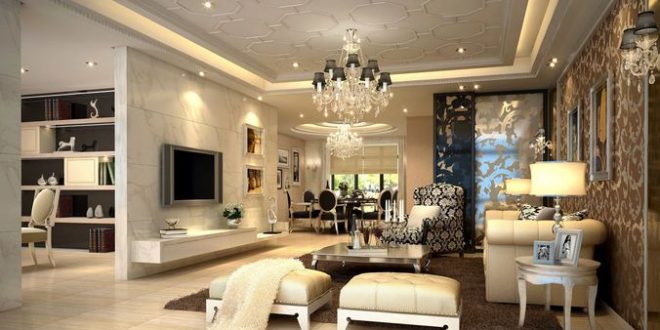Spotlights are an increasingly popular option for both indoor and outdoor lighting. Despite the initial impression, they are quite versatile light sources that you can weave in many lighting projects. In addition, some types of spotlights can have high decorative value. Let’s take a look at how to choose the best possible spotlight for any application.
Things to consider while browsing for spotlights
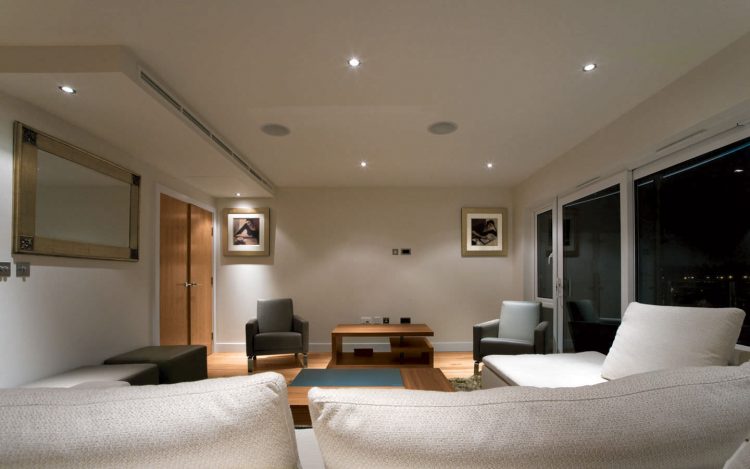
Similar to other lights, there are a few factors you have to consider while choosing the right spotlight for a given occasion. And those are:
1. Type of spotlight
In general, spotlights can be divided into two categories – surface-mounted and recessed.
The first ones (sometimes called basic) sit on top of a ceiling or a wall and are always in full view. They can add to the overall design of the room and can be very decorative. They can be mounted on fixed spots or rails that add to their versatility. On the other hand, recessed spotlights are discreet fixtures that hide inside surfaces and are often paired with suspended ceilings. They are the way to go if you want to emphasize a particularly interesting detail without drawing attention to the light source itself. Both types can work as overhead lights.
When it comes to shapes and sizes, there’s plenty to choose from. This gives you many options, but on the other hand, can easily overwhelm you. It’s best to measure exactly how much space do you have and base your search on that. Practically all currently available spotlight bulbs use GU10 bases, so they’ll fit in any right-sized fixture.
You can find a wide variety of LED spotlight and downlight fixtures at https://lucasled.ie/led-downlights-spotlights-ceiling-mounted-fitting-lighting.
2. Brightness

A spotlight’s brightness is measured by the so-called ‘useful lumens’. They can be defined as the amount of light that falls in a 90° cone directly below/above the spotlight. This means that any light that falls outside that radius isn’t considered useful and doesn’t count in the overall spotlight’s performance.
You should keep in mind that most spotlights lose a portion of their light this way – you should always pick the ones that lose the least. Remember that light with the same number of watts can vary in the useful lumens department, especially if they utilize different technology (e.g., LEDs and halogens).
Knowing how to measure useful lumens, you should move to choose the right brightness for a given room. Generally, most normal-sized rooms should be illuminated with 300-400 lumens per square meter. However, working spaces (which includes kitchen countertop and work desks) should be way brighter – this will help to concentrate and flash out all the necessary details. Those places should utilize lights with 700-800 useful lumens per square meter.
3. Beam angle
The spotlight beam angle is nothing more or less than an angle at which 50% of the total useful lumens output falls.
If you want to highlight a specific point of interest or illuminate a particular small area, you should aim for spotlights with narrow beams. For larger areas and general lighting use wide beam ones. It’s worth remembering that you can affect the beam angle by changing the distance between the light source and the illuminated objects – the closer the spotlight is placed, the narrower the final beam will be.
How much do spotlights cost?
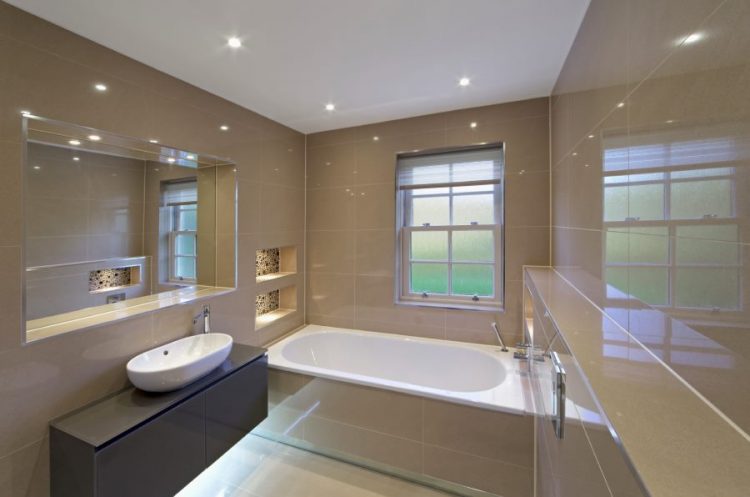
The prices can vary greatly, especially when it comes to fixtures. Spotlight bulbs are rather cheap these days – simple halogen ones go for about £1, while LED ones start at about £5. They get cheaper if bought in multipacks.
The main cost of spotlights is the fixtures – the simplest recessed ones start at about £8, while decorative surface-mounted multi-bulb ones can easily go past £100. In general, you should be able to pick something quite nice for just several dozen pounds.
Halogen or LED – which spotlights are better?
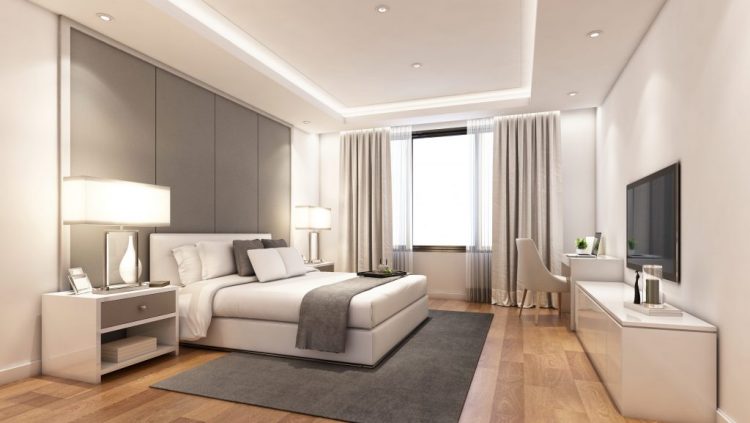
The main advantage of halogen bulbs is the upfront cost – they’re way cheaper to buy, although the price gap is getting smaller every year. However, they require more energy to function, which makes them more expensive to run.
On the other hand, LEDs may be costly to buy, but they run on far less electricity and are more energy-efficient – they transform about 90% of intake energy into light. This can significantly lower the power bills – the difference will be noticeable immediately and the bulbs’ cost will be returned in just a few months. Plus they have longer lifespans, so you won’t have to change them often.
Another point for LED lights comes in the brightness – they lose 15-20% less light than halogens. LED spotlights also produce a more focused narrow beam which makes them great highlighters.
When it comes to light output, both types can achieve similar general effects.
In addition, LED bulbs are easily controllable – some of them can change colors and be dimmable, provided you pair them with a compatible controller and/or dimmer switch.
LED spotlights – a great way to illuminate your home
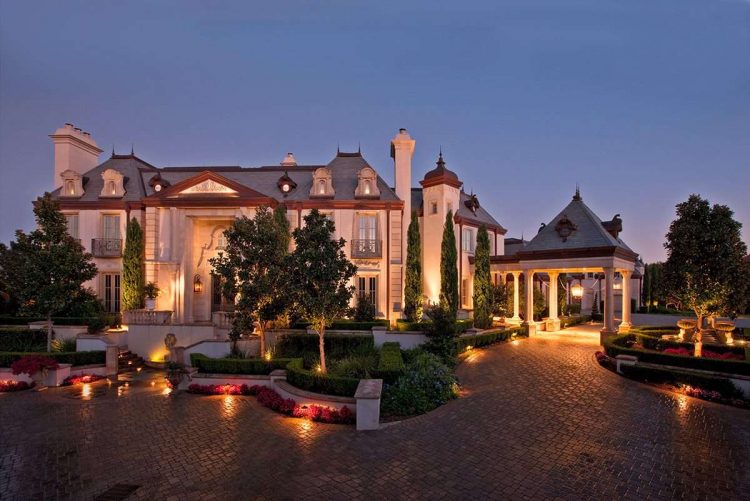
Thanks to the technological advancements of the past few years, LED lighting has become the most versatile and dependable option for both indoor and outdoor lighting. They can be as bright as halogens, while requiring significantly less energy to run, saving you money for years to come. LEDs can also come in varied color options and are easily dimmable. Therefore, choosing a LED spotlight for your home is currently the best available option, despite their higher initial cost.
 Hi Boox Popular Magazine 2024
Hi Boox Popular Magazine 2024
